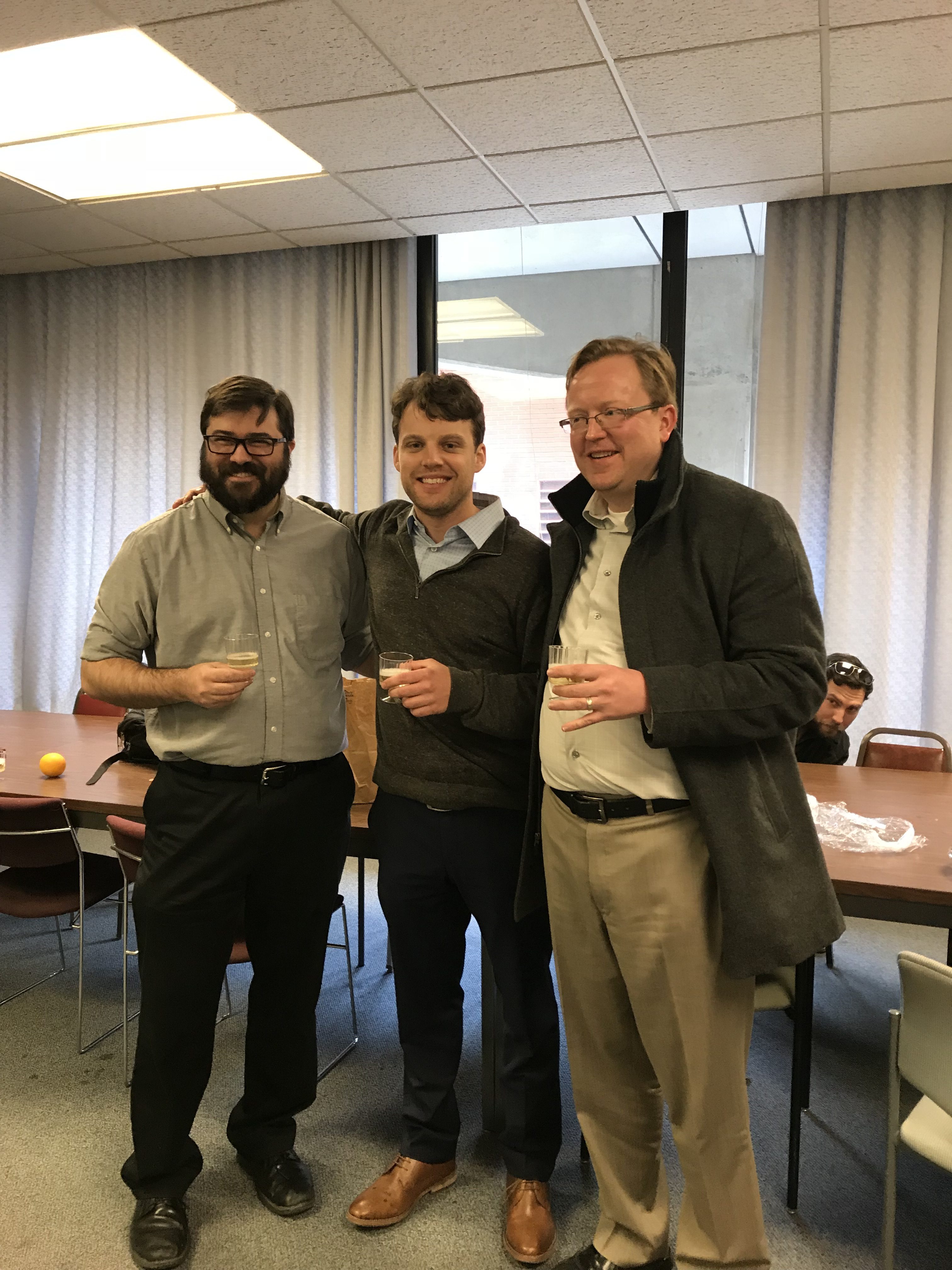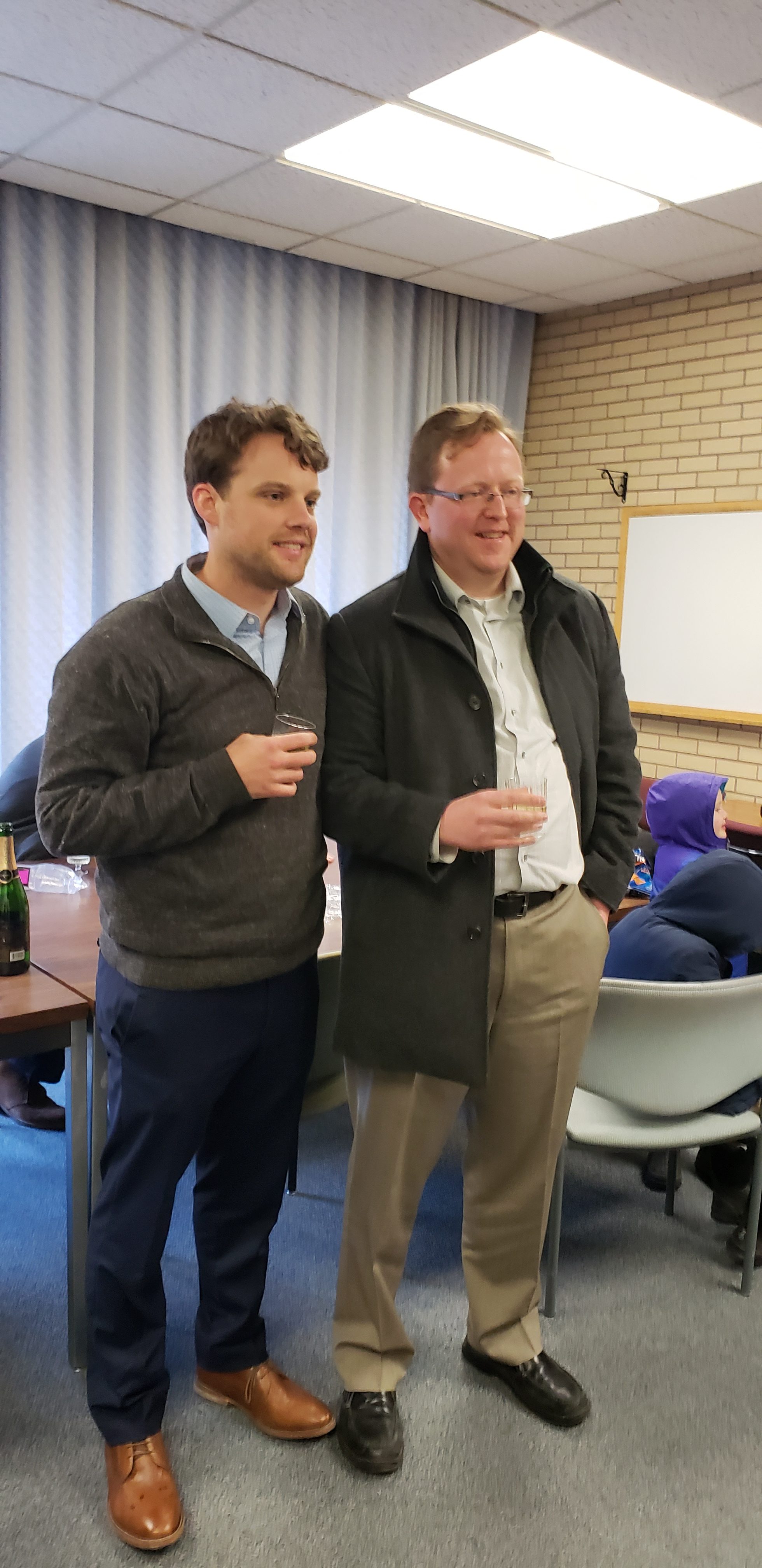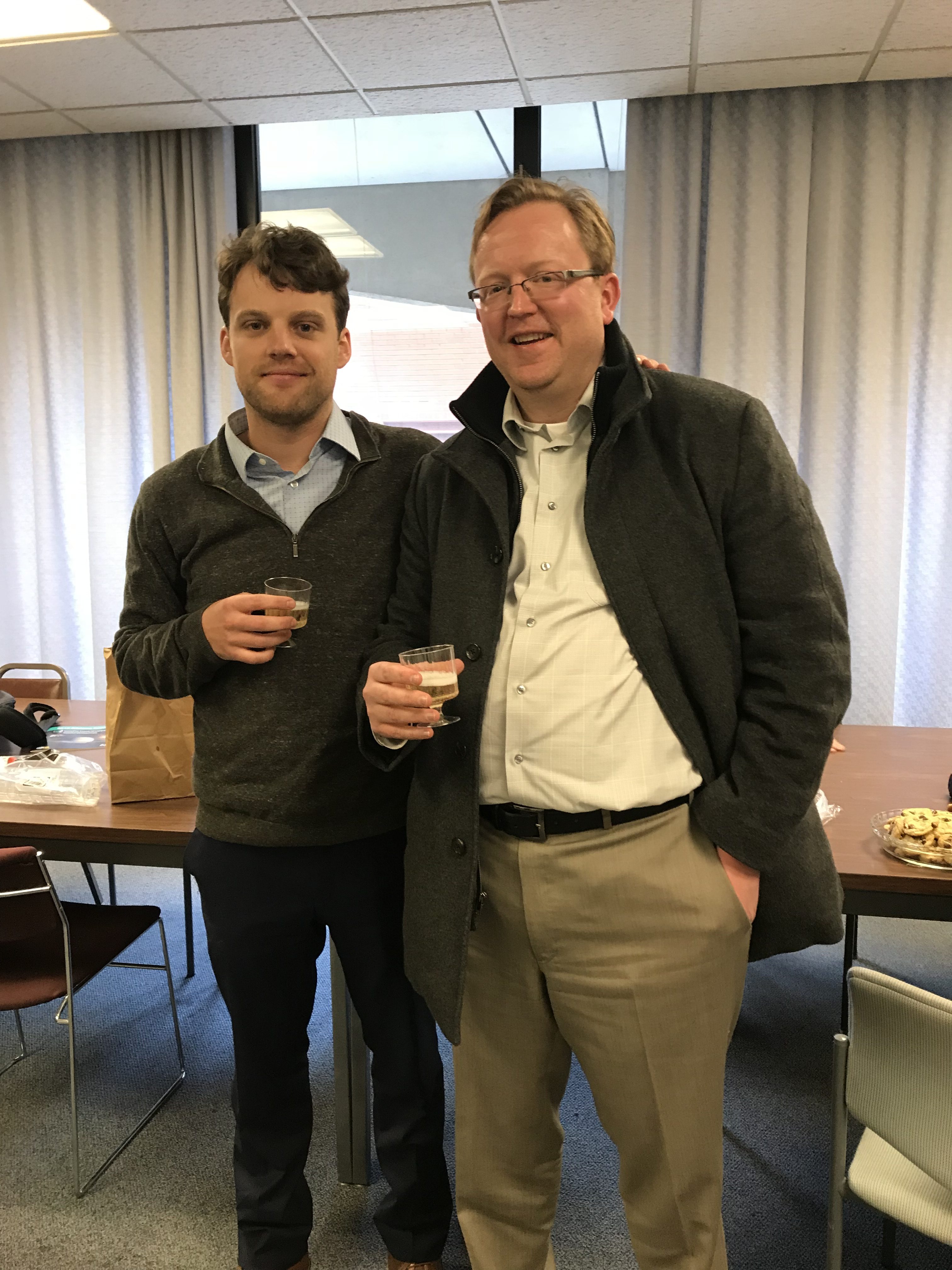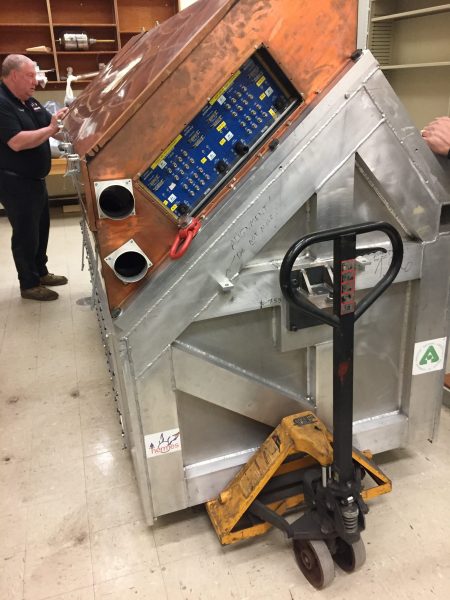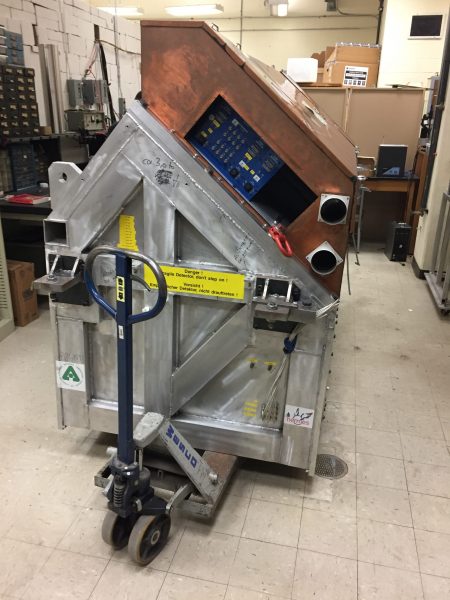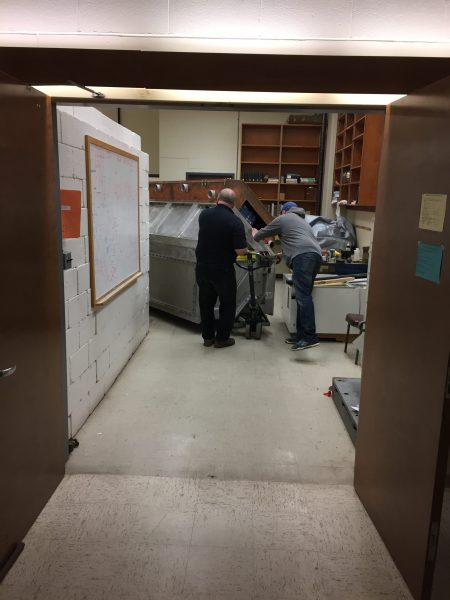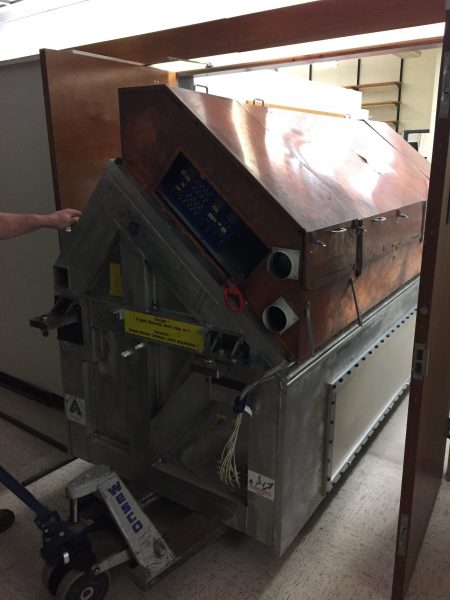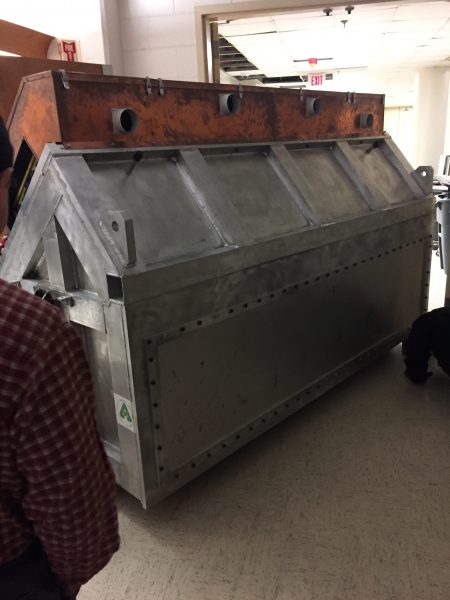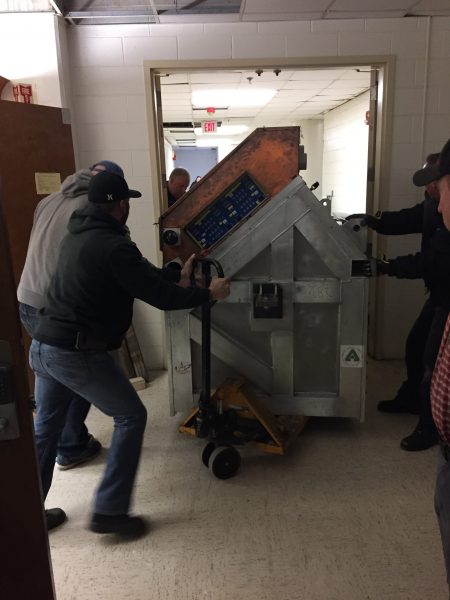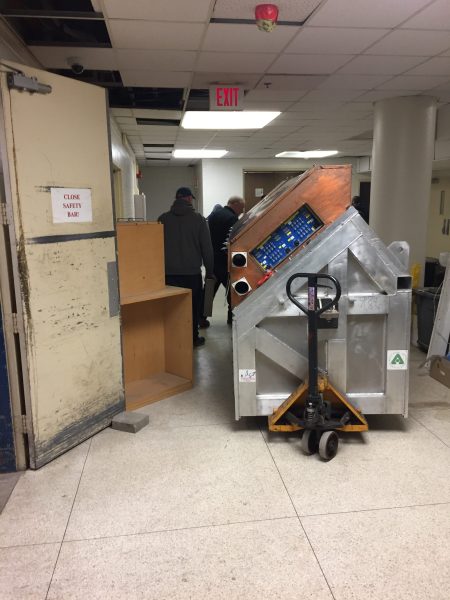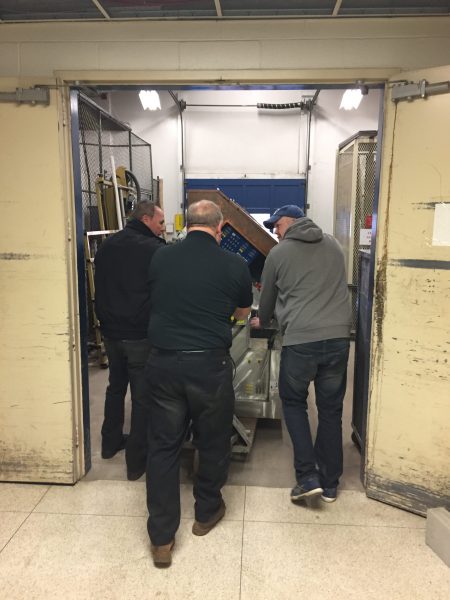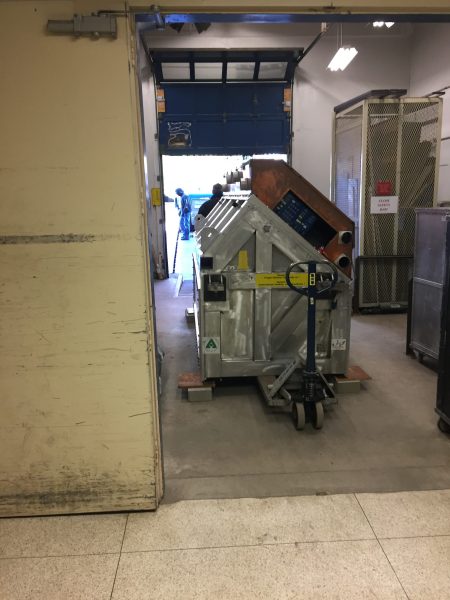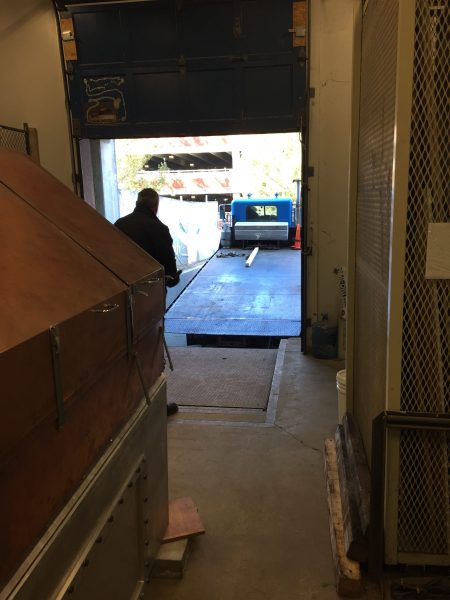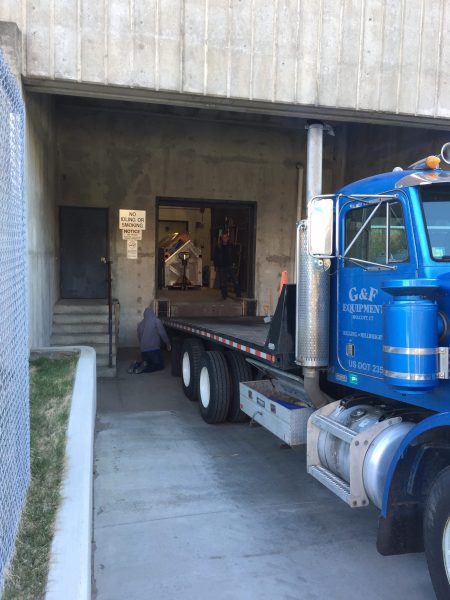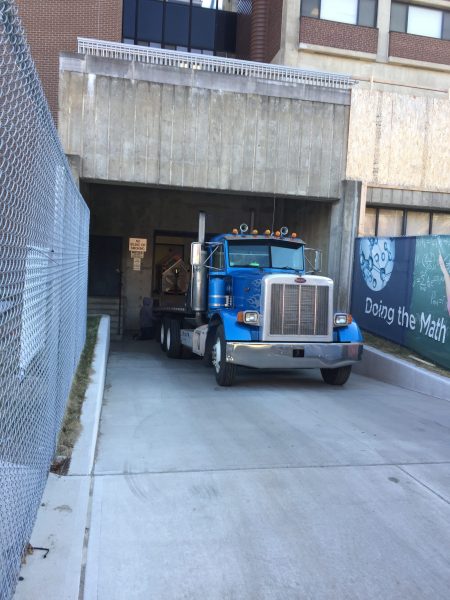The National Academies of Science, Engineering, and Medicine have released their assessment of the science of the proposed future US-based polarized Electron-Ion-Collider. The report can be found here.
A joint statement from Jefferson Lab, Brookhaven National Lab, and the EIC Users’ Group can be found here.
The National Academies’ News Release can be found here.
From the press release:
“The National Academies were asked by the U.S. Department of Energy (DOE) to examine the scientific importance of an EIC, as well as the international implications of building domestic EIC facility. The committee that conducted the study and wrote the report concluded that the science that could be addressed by an EIC is compelling and would provide long-elusive answers on the nature of matter. An EIC would allow scientists to investigate where quarks and gluons, the tiny particles that make up neutrons and protons, are located inside protons and neutrons, how they move, and how they interact together. While the famous Higgs mechanism explains the masses of the quarks, the most significant portion of the mass of a proton or neutron comes from its gluons and their interactions. Crucial questions that an EIC would answer include the origin of the mass of atomic nuclei, the origin of spin of neutrons and protons – a fundamental property that makes magnetic resonance imaging (MRI) possible, how gluons hold nuclei together, and whether emergent forms of matter made of dense gluons exist.”

